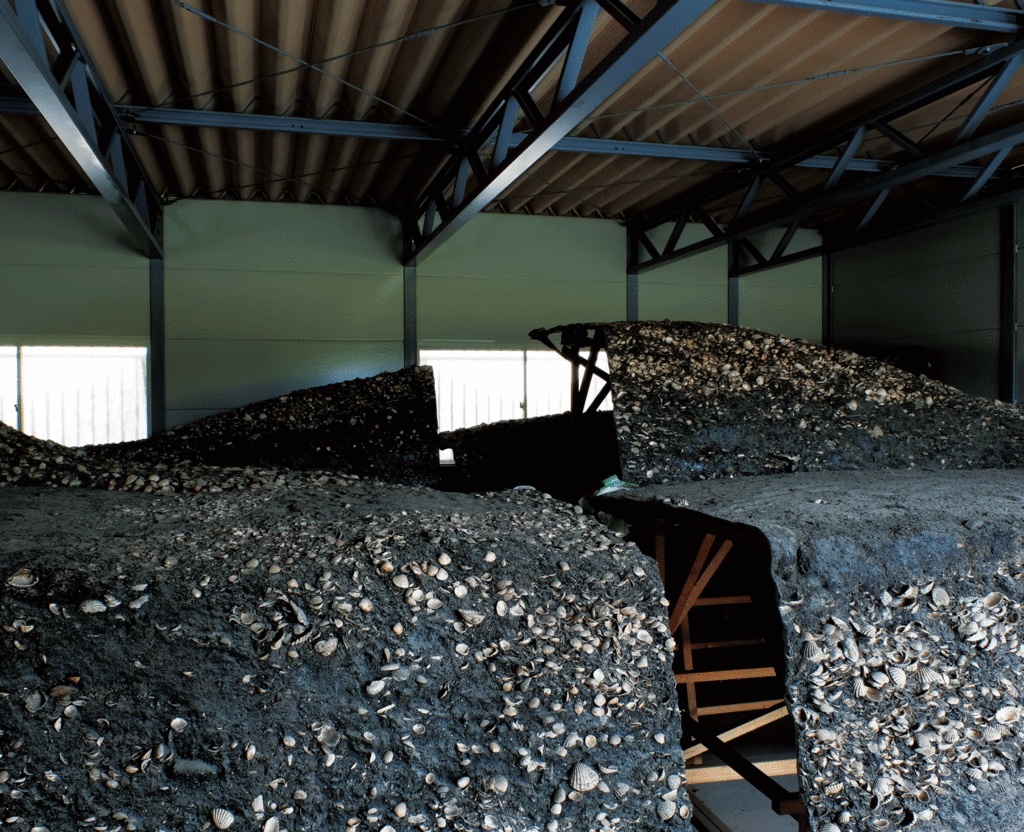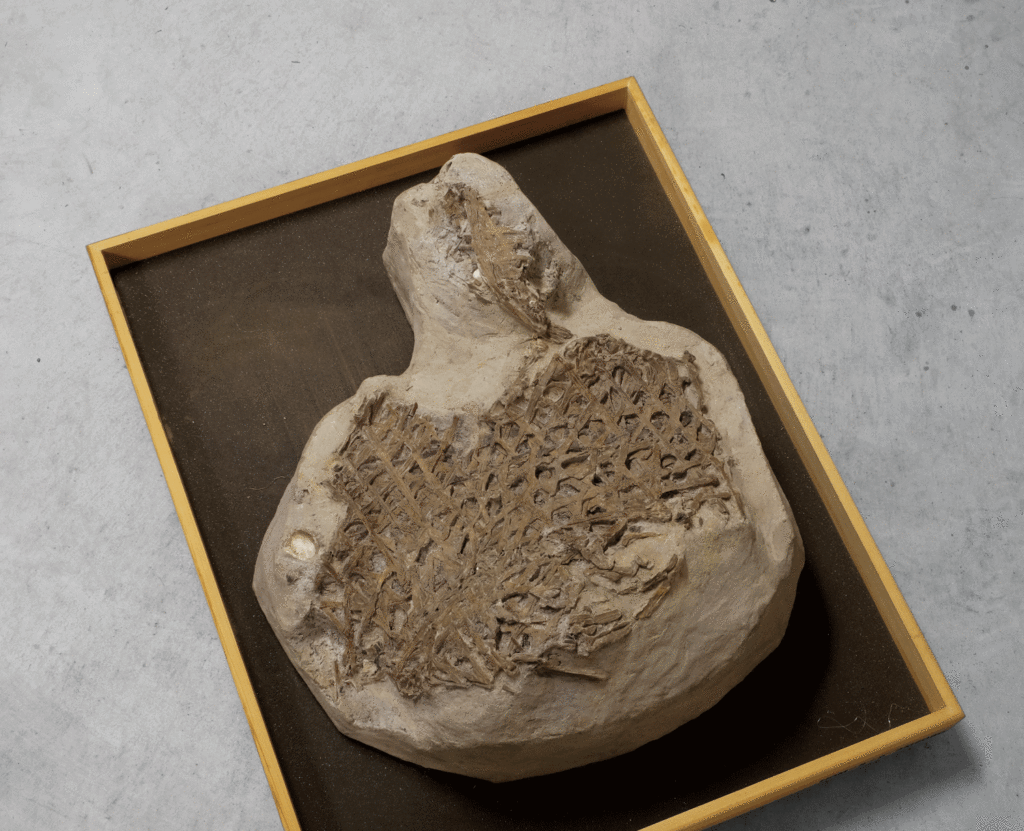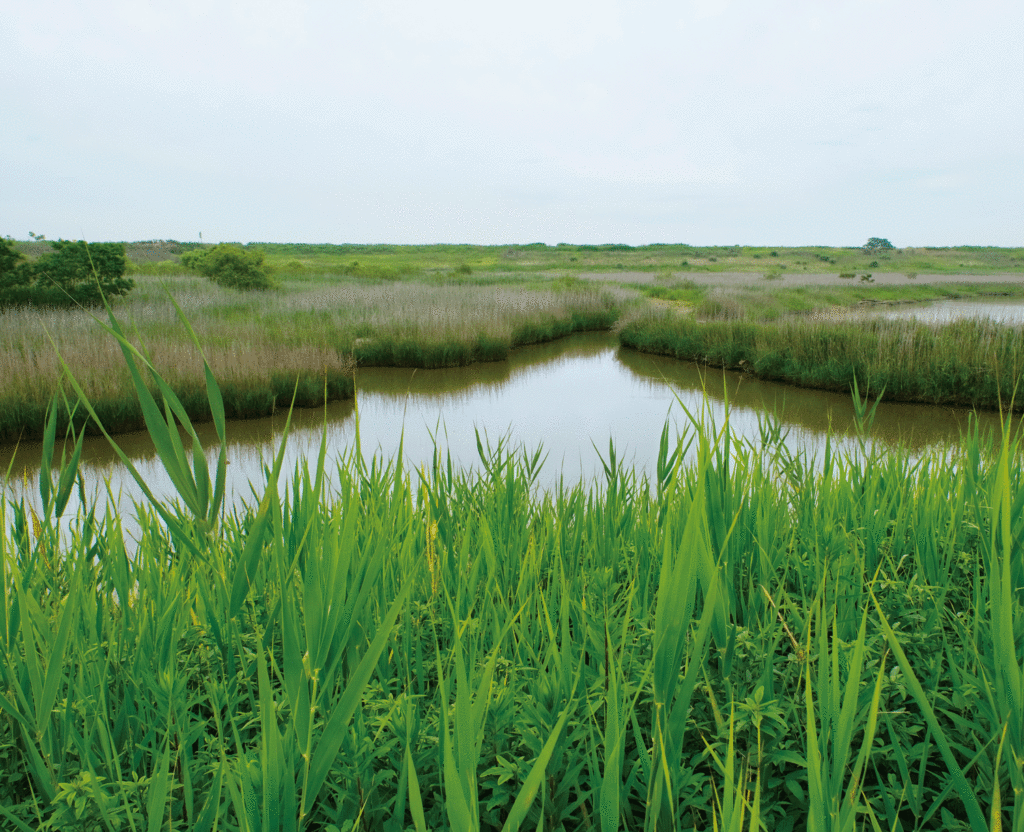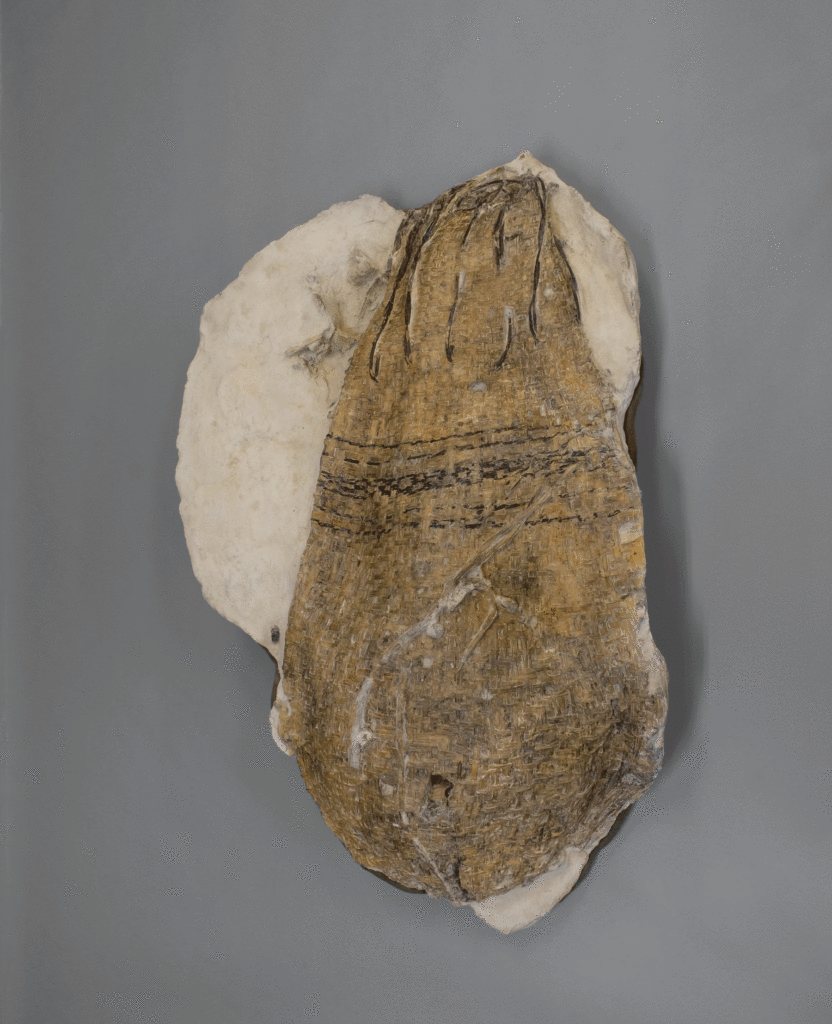8,000-year-old Use of Plants
I had heard a few years back that Saga is the home of an archaeological site dating back to one of the earliest phases of the over ten-thousand-year-long Jomon period: the Initial Jomon (about 11,500–7,500 years ago). Although Saga is close enough for a quick trip from Fukuoka, where I live, the chance never seemed to come around. That is, until my excursion to Yakushima for the previous issue. After that, my body was naturally oriented toward fieldwork in southern Japan, and I decided to visit the Higashimyo Site in mid-June.
Saga is famous for the Yoshinogari Site, representing the Yayoi period (2,500–300 years ago). So when I hopped on a cab at Saga Station and asked the driver to head to the Higashimyo Site, he gave me a knowing smile in the rearview mirror and started the car looking happy and proud. The driver had perused the excavation report when it was released and was fascinated by the unearthed finds. He handed me my change along with his wishes for me to enjoy a good day-long visit. The spot where I was dropped off seemed to be in the middle of the Saga Plains. The mountains were visible in the far distance. Taking advantage of the sheer expanse of these plains, plans were underway to build a retention basin to protect against flooding from the Kose River nearby. The drilling work accidentally turned up a group of shell middens.

The 8,000-year-old shell middens had been lying undisturbed 5 meters underground. Their discovery set off an excavation of the thick bed of clay and revealed such an astonishing quantity of organic materials as to rewrite previous perceptions of history. Among the finds were some 740 woven baskets that make up as much as 80 percent of all woven baskets found from the Jomon period. Some of them measure more than 90 centimeters high.
As part of the project, joint research was conducted with figures including a basketry artist to analyze the weaving techniques. Gozame ami, a plain weave where the weft crosses the warp in a pattern of 1 over, 1 under with an offset of 1; ajiro ami, a twill plaiting with a pattern of 2 over, 2 under with an offset of 1; and mutsume ami, where the strips of material cross in three directions to form a hexagonal plaiting—the results showed that the artifacts covered nearly all techniques from the Jomon period, including these, and the craft of plaiting plant-based materials was already established 8,000 years ago.

Records of the discovery of storage pits showed that baskets were propped up with wooden poles to keep them from toppling over, and some contained acorns that appeared to have been left soaking in water, perhaps to repel insects, suggesting that the people at the time had the ability to store food. I was told that the baskets were woven primarily with fine splints of the grain of Indian soapberry (a deciduous tall tree) and Japanese fig (a deciduous or evergreen shrub).
With the compilation of the excavation results completed, and the Higashimyo Site designated as a National Historic Site of Japan last October, the countless artifacts are being organized and reorganized, and prepared for exhibition. At the moment, a number of the artifacts are on display at the facility managing the retention basin. Mr. Nishida, of the cultural properties section of the board of education, has been a project member since the excavation started in 1993. I asked him to show me the woven baskets that have been processed for preservation, and a cross section of one of the shell middens that has been stripped off for preservation and awaiting exhibition.

It’s hard to conjure up a scene from 8,000 years ago relying on imagination alone. But with the hand-woven baskets and nuts found in them laid before me, a hazy outline seemed to form in my mind of the people who lived under the sun taking advantage of the ebb and flow over the mudflats of the Ariake Sea. As I strolled around the site—today, it’s a pond in the quiet plains—a flock of waterfowls flew to the sky. I listened to the sound of the flapping wings and let my mind wander to the future of the quest to shed further light on plant use in the Jomon period.
<PAPERSKY no.54(2017)>

Jomon Fieldwork | Nao Tsuda × Lucas B.B. Interview
A conversation between ‘Jomon Fieldwork’ Photographer and writer Nao Tsuda and Papersky’s Editor-in-chief Lucas B.B. The two discuss the ways Jomon culture continues to play an important role in modern day Japan. The video was filmed at Papersky’s office in Shibuya in conjunction with Tsuda’s exhibition “Eyes of the Lake and Mother Mountain Plate” held at the Yatsugatake Museum in Nagano.
Nao Tsuda | Photographer
Through his world travels he has been pointing his lens both into the ancient past and towards the future to translate the story of people and their natural world.
tsudanao.com











